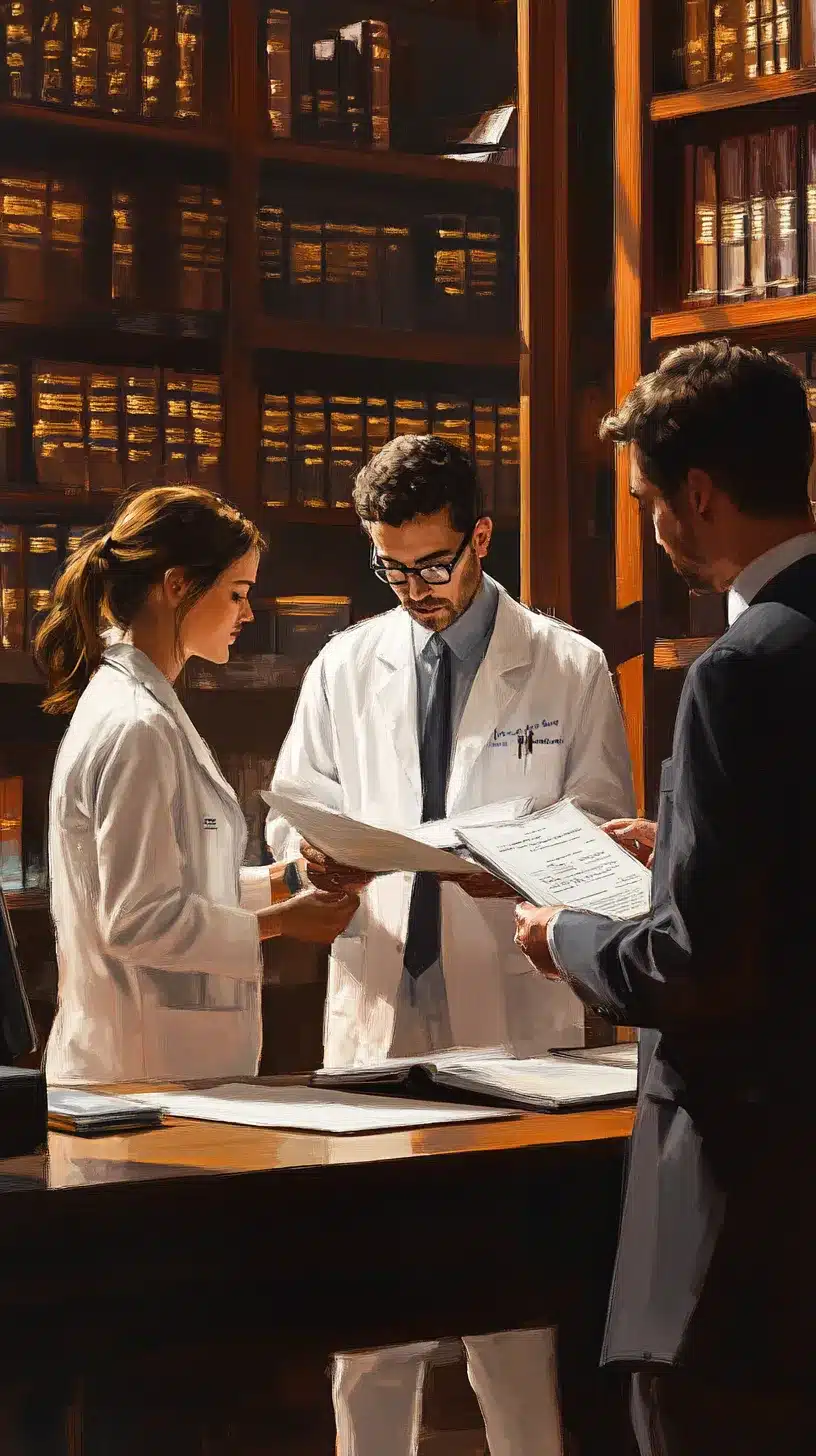Castro v Malia Realty, LLC, 2019 NY Slip Op 06466 (2d Dept. 2019)
(1) “For decades, trial courts in the Second Judicial Department have, as a general rule, conducted trials in personal injury actions in a bifurcated manner, with the issue of liability tried before the issue of damages. In 1979, this Court adopted a rule, binding on the trial courts in this Department, requiring that a bifurcated trial be directed unless there were “exceptional circumstances” and “good cause” for holding a single, unified trial on the issues of liability and damages (22 NYCRR former 699.14[a]). In 1986, this rule was replaced by a uniform rule applicable to trial courts throughout the state providing that “[j]udges are encouraged to order a bifurcated trial [o]n the issues of liability and damages in any action for personal injury where it appears that bifurcation may assist in a clarification or simplification of issues and a fair and more expeditious resolution of the action” (22 NYCRR 202.42[a]) “
(2) “Nevertheless, while this Court has repeatedly stated that the determination of whether to conduct a bifurcated trial rests within the discretion of the trial court and should not be overturned absent an improvident exercise of discretion (see Wright v New York City Tr. Auth., 142 AD3d 1163; Patino v County of Nassau, 124 AD3d at 739; Abrams v Excellent Bus Serv., Inc., 91 AD3d 681, 682), we have also continued to state that “[u]nified trials should only be held where the nature of the injuries has an important bearing on the issue of liability” (Wright v New York City Tr. Auth., 142 AD3d at 1163-1164 [internal quotation marks omitted]; see Parris v New York City Tr. Auth., 140 AD3d 938, 939; Patino v County of Nassau, 124 AD3d at 739; Abrams v Excellent Bus Serv., Inc., 91 AD3d at 682; Galarza v Crown Container Co., Inc., 90 AD3d 703, 703-704; Winderman v Brooklyn/McDonald Ave. Shoprite Assoc., Inc., 85 AD3d 1018, 1019; Gee v New York City Tr. Auth., 135 AD2d 778, 779) “
(3) ” For example, in Johnson v Hudson Riv. Constr. Co., Inc. (13 AD3d 864), the Third Department found that the denial of a motion to bifurcate was not an abuse of discretion under the circumstances of that case, where “if the trial was bifurcated, [the] decedent’s spouse would have to endure two trials and it is likely that two separate juries would need to be empaneled due to the coordination of expert witnesses” (id. at 865). As another example, in Sommer v Pierre (51 AD3d 464), the First Department found that the Supreme Court providently exercised its discretion in denying a motion to bifurcate because under the circumstances of that case, “fairness and convenience weigh[ed] in favor of a unified trial, which [would] serve to prevent a verdict based on undue sympathy for either party” (id. at 465).”
(4) ” There is little doubt but that the Bench and the Bar in the Second Department perceive that our precedent is, in contrast to the approach of the other departments, inflexibly, or nearly inflexibly, in favor of bifurcation. We stress today that the trial courts in the Second Department have the discretion to determine whether a personal injury trial should be unified or bifurcated in accordance with the standard set forth in the statewide rule.”
Where does this leave us? Car accident cases will probably still be bi-furcated. Trip and fall cases where an ambulance comes and statements sprinkle the records regarding how the accident occurred provide a better chance at unification. I would say the catastrophic mature of most 240 cases and the direct nexis between mode of injury and hospitalization will gravitate towards unification.
But I look forward to the trial and appellate orders as they fly through the Courts post this case.












